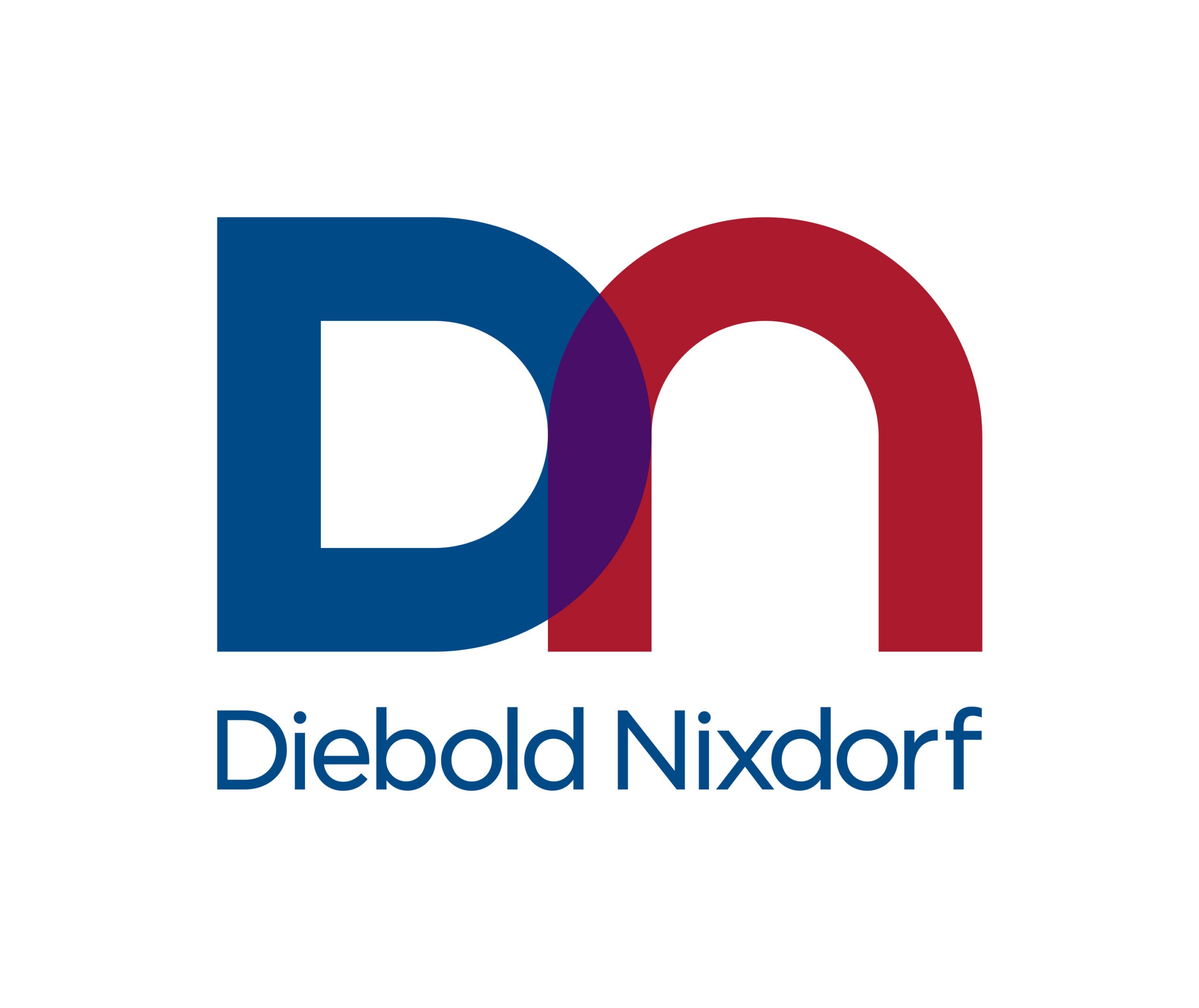
In the ongoing tussle between traditional and digital banks, the legacy institutions undoubtedly win on reputation for stability and security. Fintechs have the upper hand on agility, enabling them to better keep pace with changing consumer and regulatory requirements.
That’s not to say that banks have failed to adapt to the new retail environment, where almost half of all payments are now made through digital channels. Rather, banks have successfully offered many new payment and authentication methods to consumers and have done well to shake off their outdated, brick-and-mortar image.
But the problem lies deeper, as their shiny new products are typically propped up with decades-old core banking systems. In today’s fast changing world, these systems have reached their effective end of life. Yet still, according to an EY report, around 43% of banks rely on monolithic legacy payments platforms coded in a computer language from 1959.
This exposes institutions to systemic risks related to performance and resilience, inflated costs, inability to keep up with regulatory changes, and a rapidly dwindling talent pool capable of maintaining and changing the codebase. Importantly, it also prevents them from properly integrating with new systems and from designing and deploying their own new services quickly.
Real change comes from within
“To compete with fintech firms, it is vital that financial institutions can experiment on, pilot and proof new services at greater speeds,” says Jens Audenaert, senior vice president and general manager of payments at Diebold Nixdorf. “To accomplish this, modern, agile methodologies will have to be adopted, which will enable automation and the continuous delivery of products and value.”
This ability to adapt to changes in the market, and at a low cost, is vital. Modern tooling should be used to provide new payment scheme connectivity and take advantage of standards like ISO20022, open banking, and application programming interfaces (APIs) in an agile, automated environment, with the ability to scale up (and down) business connections and resources independently to meet demand. Robust API functionality also enables a smooth migration path, plus seamless integration with existing and future applications.
Business logic, meanwhile, should be able to be configured, re-configured, and turned off and on via a smart operator-controlled function. In the event a new or updated service has issues it must be switched out quickly, while business processes continue.
Why now?
Agility has arguably never been so important in the banking world. “Dated systems are inflexible, and struggle to incorporate new payments types at a competitive pace. Fintechs, meanwhile, have been able to scale up their payments services rapidly since they are not chained down by outdated core systems. Thanks to their agile architecture, they can respond quickly to shifts in the market and customer demand,” says Audenaert.
As the payments race heats up – and banks continue to wrestle with the emergence of new digital currencies, payment instruments, funding methods, and payment types – those with the most agile, secure, and reusable platform will be rewarded with a strong competitive edge and improved margins by being able to control when, how deeply and how long to take part in any new payments venture.
“Banks are all facing the same challenges,” believes Audenaert. “At the top strategy level of those banks, people understand that futureproofing is their biggest challenge. The only issue is that change is always attached to risk. And the question is: does the benefit of a more agile, lower-cost ecosystem outweigh the risk of change?”
Taking the plunge
It may feel safer to do nothing, but silo-based IT systems burdened by technical debts are holding back many organisations in their transformations.
“Banks are starting to realise that their products are digital,” says Audenaert. “A mortgage is not much more than zeroes and ones on a computer, and banks need to ensure they continue to offer these products as quickly and as affordable as fintechs. The world is changing; banks have to do something. And if they are not agile enough to adapt, that could be their death.”
The benefits for banks to replace their payments stack far outweigh the perceived risks of migrating to a new payment engine. Banks should be mindful though, that when selecting a new payments system, it is one that relies on a cloud-native, modern architecture and that truly provides a future-proof solution that can be easily extended and adapted – ideally, by the financial institutions’ own engineering resources.
To answer this industry-wide need, Diebold Nixdorf has developed a modern payments processing platform called Vynamic® Payments. “Our modern APIs and microservices platform offers agile tools and the flexibility to leapfrog to the next generation,” explains Audenaert. “Now, financial institutions can change business logic using graphical interfaces that configure rather than customize. This low-code environment uses standard tools and makes changes in small increments, using automation…from submission, through simulation, validation, and then publication.”
The system behaviour is changed in isolation with minimal resources and without server downtime, eliminating manual mistakes. Consumer endpoints are changed at the server level, not the device. In addition, new parameters and business rules are based on the consumer, not the account, which allows financial institutions to identify the consumer and their relationship with their institution. Consumers are treated as known individuals, not just an account number. Vynamic Payments is a consumer-centric payments system and uses business logic and rules to authenticate and authorise funds, including setting individual limits based on behavioural patterns.
With Vynamic Payments, a cloud-native payments ecosystem, transactions can be delivered across any channel, device, and payment method, globally and securely. Through a simple single-entry point, financial institutions and merchants can access a comprehensive suite of proven solutions that allows them to take advantage of a common set of payment services to support their diverse payments needs.
Here, ‘any’ is the key word. In a world where no one can predict what the next major trends will be and which trends will actually win in the long run, a future-proof, modern payments solution must prove itself flexible, adaptable, and extensible.


